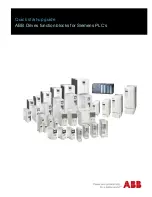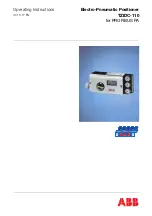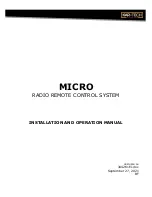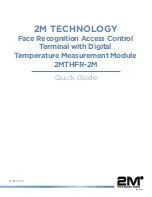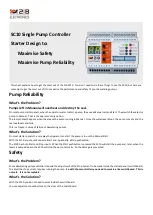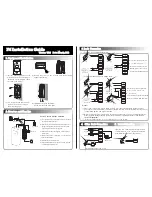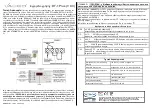
Introduction
RTU Open v3
CARRIER CORPORATION ©2019
Installation and Start-up Guide
All rights reserved
3
Specifications
Driver
drv_rtuopn_std
Power
24 Vac ±10%, 50–60 Hz
20 VA power consumption
26 Vdc (25 V min, 30 V max)
Single Class 2 source only, 100 VA or less
Access port
J12
For system start-up and troubleshooting using Field Assistant
Rnet port
J13
•
Supports up to 5 wireless and/or ZS sensors, and one Equipment Touch or
TruVu™ ET Display
•
Supplies 12 Vdc/210 mA power to the Rnet across its rated temperature
range.
NOTE Ambient temperature and power source fluctuations exceeding the
listed operating ranges may reduce the power supplied by the Rnet port.
NOTE
If the total power required by the sensors on the Rnet exceeds the power
supplied by the Rnet port, use an external power source. The Wireless Adapter,
Equipment Touch, or TruVu™ ET Display must be powered by an external power
source. See the specifications in each device's Installation and Start-up Guide to
determine the power required.
Network Comm port
J19
For communication with the controller network using BACnet ARC156 (156 kbps)
or BACnet MS/TP (9600 bps – 76.8 kbps)
Comm Option port
For communication with the LonWorks Option Card.
Inputs
12 inputs:
Inputs 1 - 2:
4-20 mA only
Inputs 3, 5, 8, 9:
Binary, 24 Vac
Inputs 6 - 7:
Thermistor
Inputs 10 - 11:
Thermistor
Rnet sensor
Binary outputs
8 relay outputs, contacts rated at 3 A max @ 24 Vac. Configured normally open.
Analog outputs
•
AO-1: 2-10 Vdc or 4-20 mA (configurable on jumper J3)
•
AO-2: 0-10 Vdc or 2-10 Vdc SC-VFD input
Output resolution
10 bit D/A
Real-time clock
Battery-backed real-time clock keeps track of time in event of power failure
Battery
10-year Lithium CR2032 battery retains the following data for a maximum of
10,000 hours during power outages: control programs, editable properties,
schedules, and trends.
Содержание RTU Open v3
Страница 113: ......























